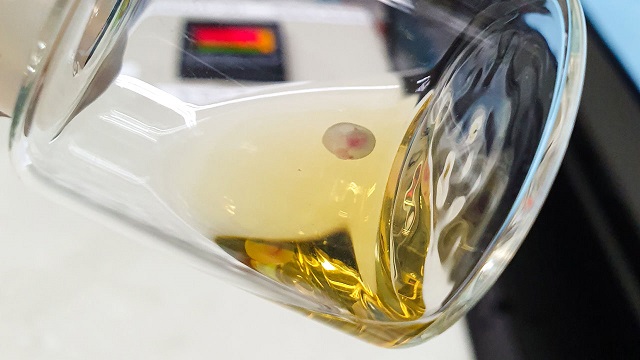Prof. Jacob Hanna of the Weizmann Institute of Science and his group have been able to grow a mouse embryo via an artificial womb. In so doing they were able to observe the embryo’s entire development process.
This groundbreaking achievement is important because the method used gives researchers an unprecedented tool for understanding the development program encoded in the genes. Scientists can use this information to learn how to protect the development of a human fetus so as to prevent birth defects and problems which may arise in utero.
Their study was published in the journal Nature.
Will you offer us a hand? Every gift, regardless of size, fuels our future.
Your critical contribution enables us to maintain our independence from shareholders or wealthy owners, allowing us to keep up reporting without bias. It means we can continue to make Jewish Business News available to everyone.
You can support us for as little as $1 via PayPal at office@jewishbusinessnews.com.
Thank you.
Prof. Hanna, who is in the Institute’s Molecular Genetics Department, explains that much of what is known about mammalian embryonic development today comes either from observing the process in non-mammals like frogs or fish that lay transparent eggs, or by obtaining static images from dissected mouse embryos and adding them together. The idea of growing early embryos outside the uterus has been around since before the 1930s, he adds, but experiments based on these proposals had limited success and the embryos tended to be abnormal.
Over seven years, through trial and error, fine-tuning and double-checking, his team came up with a two-step process in which they were able to grow normally developing mouse embryos outside the uterus for six days – around a third of their 20-day gestation – by which time the embryos already had a well-defined body plan and visible organs. “To us, that is the most mysterious and the most interesting part of embryonic development, and we can now observe it and experiment with it in amazing detail,” says Hanna.
–
The research was led by Alejandro Aguilera-Castrejon, Dr. Bernardo Oldak, the late Dr. Rada Massarwa and Dr. Noa Novershtern in Hanna’s lab and Dr. Itay Maza, a former student of Hanna’s now in the Rambam Health Care Campus of the Technion – Israel Institute of Technology.
To check whether the developmental processes they were observing throughout the two steps were normal, the team conducted careful comparisons with embryos removed from pregnant mice in the relevant time period, showing that both the separation into layers and the organ formation were all but identical in the two groups. In subsequent experiments, they inserted into the embryos genes that labeled the growing organs in fluorescent colors. The success of this attempt suggested that further experiments with this system involving various genetic and other manipulations should produce reliable results.
“We think you can inject genes or other elements into the cells, alter the conditions or infect the embryo with a virus, and the system we demonstrated will give you results consistent with development inside a mouse uterus,” says Hanna.
“If you give an embryo the right conditions, its genetic code will function like a pre-set line of dominos, arranged to fall one after the other,” he adds. “Our aim was to recreate those conditions, and now we can watch, in real time, as each domino hits the next one in line.” Among other things, explains Hanna, the method will lower the cost and speed up the process of research in the field of developmental biology, as well as reducing the need for lab animals.
Prof. Jacob Hanna’s research is supported by the Kekst Family Institute for Medical Genetics; the Helen and Martin Kimmel Institute for Stem Cell Research; the Dr. Barry Sherman Institute for Medicinal Chemistry; Pascal and Ilana Mantoux; the Maurice and Vivienne Wohl Biology Endowment; the Dr. Beth Rom-Rymer Stem Cell Research Fund; the Edmond de Rothschild Foundations; the Zantker Charitable Foundation; the estate of Zvia Zeroni; the New York Stem Cell Foundation (NYSCF); the Flight Attendant Medical Research Institute (FAMRI); an ERC Consolidator grant; the Israel Research Foundation (ISF), BSF; and the Israel Cancer Research Fund (ICRF).




